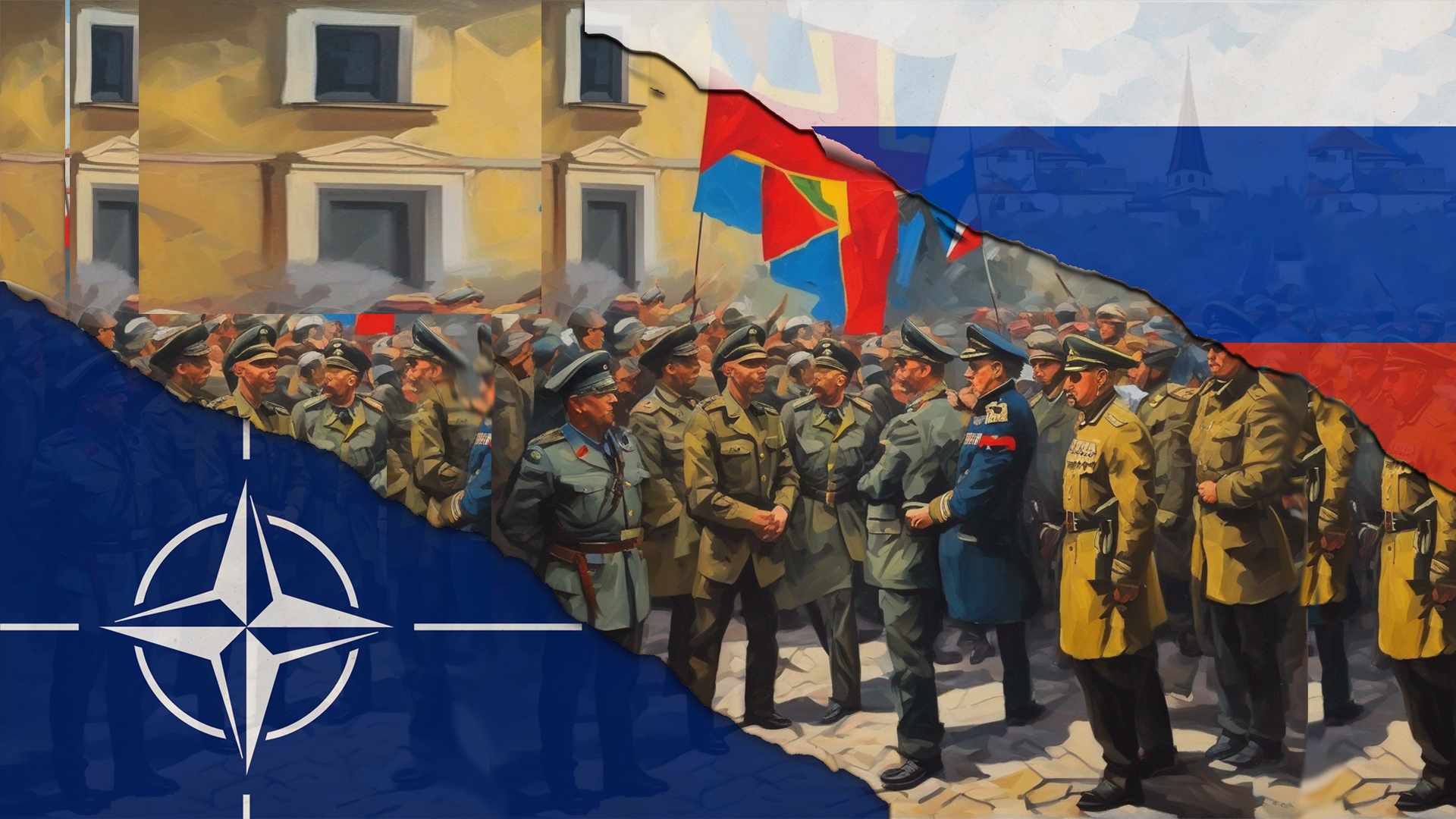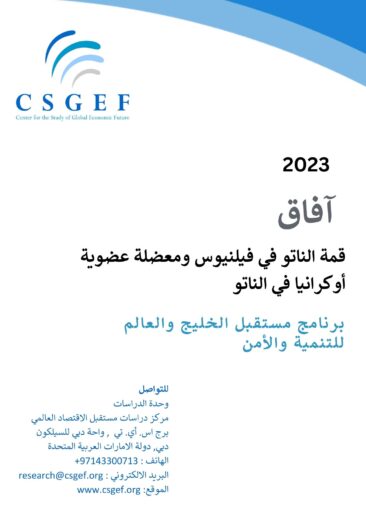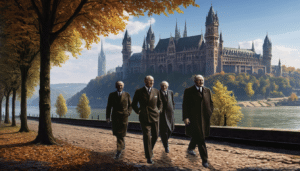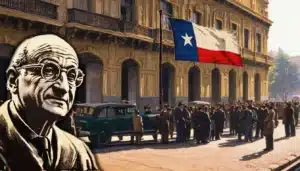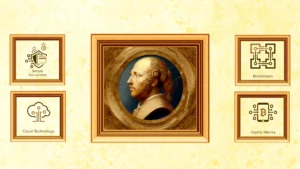NATO Vilnius Summit and Ukraine’s NATO Membership Dilemma
In 2019, the President of France Emmanuel Macron famously voiced his diagnosis to NATO claiming that the alliance was “brain dead”. Nothing proved his words as wrong as Russia’s war against Ukraine which prompted the alliance to unite against the common threat and stand by Ukraine.
Today, NATO is the key guarantor of security not only for its 31 allies but it also plays a global role in ensuring stability and security. Ironically, Russia’s war against Ukraine has made NATO even stronger through its enlargement in Scandinavia. Prior to the Ukraine war, both Finland and Sweden were committed to their long standing policy of neutrality without considering joining the alliance.
The irrational decision of the Russian President Vladimir Putin convinced both countries that they are better off under the NATO Article 5 umbrella. With Finland already a NATO member and Sweden likely to join the alliance soon following Turkey’s approval, Putin’s worst nightmare of seeing NATO even larger and stronger with expanded borders with Russia, becomes a reality. The Russian President has tried to justify his war effort by the alleged NATO expansion alongside its borders. While NATO never planned to expand its borders with Russia, it was Putin who initiated this process.
Big Win in Vilnius
Last week, NATO leaders met in Vilnius for the NATO summit, just like the Madrid summit last year, as it was expected, the key focus was on Ukraine. However, the major breakthrough of the summit was the agreement reached with Turkish President Recep Tayyip Erdogan, who promised to forward the accession protocol for Sweden to the Grand National Assembly as soon as possible for its ratification. Turkey initially vetoed Sweden’s membership due to the security concerns, as Erdogan accused Sweden of harbouring militants from Kurdistan Workers Party (PKK). Following Swedish efforts to address these concerns, including a constitutional amendment and expansion of counterterrorist cooperation against the PKK, Erdogan agreed to back Sweden’s accession into the alliance.
In return, the Turkish President received positive signals from the US on the delivery of F-16 fighter jets and an agreement for the creation of a new post of “Special Coordinator for Counter-Terrorism” at NATO. Furthermore, Erdogan has linked his change of tone with regards to Sweden’s NATO membership to Turkey’s EU membership process by urging the EU to open its doors to Turkey.
Erdogan’s comments placed the European leaders in an awkward position. The European Commission had to clarify that the accession to NATO and membership into the EU are completely separate processes. Similarly, the German Chancellor Olaf Scholz explained that these two questions are not related to each other.
Ukraine’s NATO membership hopes
The summit became historic even before it officially started due to the agreement reached over the issue of Sweden. Yet, the key question was what would Ukraine get out of the summit. The President Volodomyr Zelensky acknowledged that the immediate NATO membership for Ukraine was not on the agenda while there is an ongoing war in Ukraine. However, the Ukrainian President travelled to Vilnius with an expectation to receive an invitation for Ukraine with a concrete timeline. At the beginning of the summit, the NATO Secretary General Jens Stoltenberg promised that Ukraine would get a positive message, however the discussions over the language of the communique lasted around 11 hours. The tensions began to escalate as Zelensky called the reluctance of the NATO leaders to offer Ukraine an invitation to join the alliance with a concrete timeframe – “unprecedented” and “absurd”.
Even though the allies decided to remove the Membership Action Plan (MAP) as one of the requirements for Ukraine’s future membership this fell short of Zelensky’s expectations. Ukraine views NATO membership as the key security umbrella. Having fought wars against Russia, Ukrainians understand that unless Putin’s regime is fully destroyed, Ukraine will continue facing existential threats from Moscow. NATO is the only military alliance that can provide deterrence against the future Russian aggressions, hence, according to the opinion polls conducted in 2022, 83% of the Ukrainian population supports Ukraine’s membership into the alliance.
The Vilnius summit reminded many of the Bucharest Summit. Back in 2008, during the NATO Summit held in the Romanian capital, the Allies did not reach consensus over granting Ukraine and Georgia a MAP. Instead the Bucharest Summit Declaration stated that the two countries would eventually become members of the alliance without stating the actual time frame. 15 years later, Russia has waged conventional and unconventional wars against both countries. The reluctance of NATO Allies in 2008, has been largely regarded as a green light to Moscow to proceed with its imperialist plans in its neighbourhood that Putin thinks to fall within Russia’s sphere of influence. The Vilnius Summit communique did not really provide much different wording by stating that Ukraine’s future is in NATO without further elaboration when this future may come. As for the invitation, NATO declared that it requires an agreement of the allies and all conditions to be met by Ukraine.
What did Ukraine Get
Despite the criticism over the lack of clarity for Ukraine’s membership, Kyiv still got tangible results out of the Vilnius Summit. Firstly, the removal of the MAP requirement will make Ukraine’s accession process much quicker. Secondly, the creation of the Ukraine-NATO Council would increase cooperation between Ukraine and the alliance, allowing Kyiv to call in consultations for specific issues. Most importantly, Ukraine received specific military assistance from a number of allies including long-range SCALPS missiles from France and a $771 million military aid package from Germany.
The Vilnius Summit made it clear that the allies are mostly worried about direct escalation of war between NATO and Russia. The good news is that the NATO countries are firmly committed to providing further military aid to Ukraine, however, the lack of clarity over Ukraine’s membership sends Russia the wrong message. Following tensions in Vilnius, Zelensky did not return home with a concrete timeline for NATO membership, however, it is clear that for next year’s summit to be held in Washington DC, the pressure on NATO will only increase as Ukraine is fighting the brutal war against Russia.

